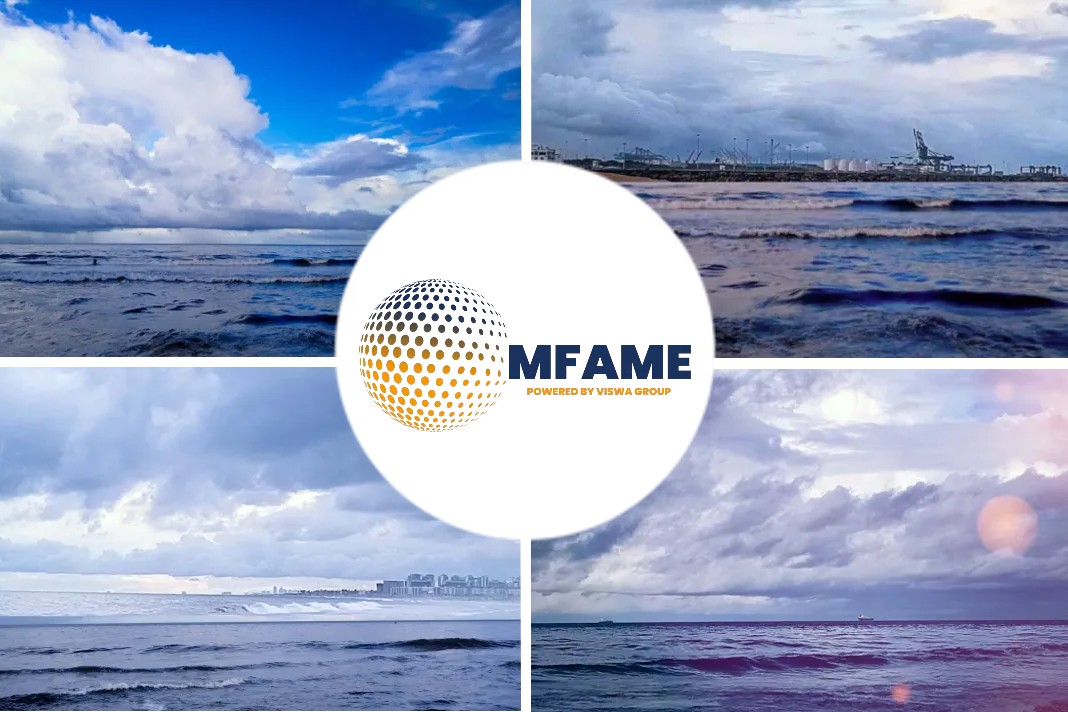 Environmental regulations are creating a new language in shipping: its CO2 emissions per ton-mile. When you combine that with new technologies, and probably more importantly the rate of change of new technology, it is going to drive commercial decisions which will shape the way we manage risk now more than ever.
Environmental regulations are creating a new language in shipping: its CO2 emissions per ton-mile. When you combine that with new technologies, and probably more importantly the rate of change of new technology, it is going to drive commercial decisions which will shape the way we manage risk now more than ever.
That’s the view of ABS Chairman, President and CEO, Christopher J. Wiernicki, who spoke at the 11th Annual Capital Link Operational Excellence in Shipping Forum, says in article published on their website.
No single solution
“When you look at the possible answers to our challenges in meeting the IMO’s decarbonization targets for 2030 and 2050, there is no single solution. It’s going to require a hybrid solution through a combination of alternate fuels, new technologies and gains in operational efficiencies. The world will no longer be one-dimensional; rather, it will be multi-dimensional with different fuel pathways and different optimization models. Quite frankly, the challenge will be determining the right combination for any given ship or even for a shipping company. All of this is being impacted by charter agreements, trade routes, policy, owners’ risk appetites and commercial profiles,” said Wiernicki.
While alternate fuels will ultimately have a significant role in achieving the greenhouse gas emissions reduction outcomes, smaller short-term gains will be available sooner in areas related to hull design and greater operational efficiencies, he said.
Decarbonization journey
“Technology, readiness, timelines and commercial relationships will drive our decarbonization journey. New designs will be viewed in terms of future-proofing, bridging and transition potential based on various fuel pathways. Alternate fuels and technologies must be evaluated in terms of impact, scalability, suitability and potential for carbon reduction, not just in the combustion cycle, but over the entire well to wake value chain.”
Wiernicki noted that no matter the fuel type, technology selection or operational efficiency improvements, we will only be successful in achieving the industry’s decarbonization ambitions if we ensure that people and safety are the ultimate priority.
Summary
- Environmental regulations are creating a new language in shipping: its CO2 emissions per ton-mile.
- Alternate fuels will ultimately have a significant role in achieving the greenhouse gas emissions reduction outcomes.
- Technology, readiness, timelines and commercial relationships will drive our decarbonization journey.
- No matter the pathways or the solutions, we must never forget the crew members who will continue to keep ships moving safely.
Did you subscribe to our daily newsletter
It’s Free! Click here to subscribe!
Source: cision.com















